Transparency: What Influences It, And What It Influences In Turn
How is transparency defined across different research disciplines? What influences level of transparency and, in turn, what does the level of transparency influence?
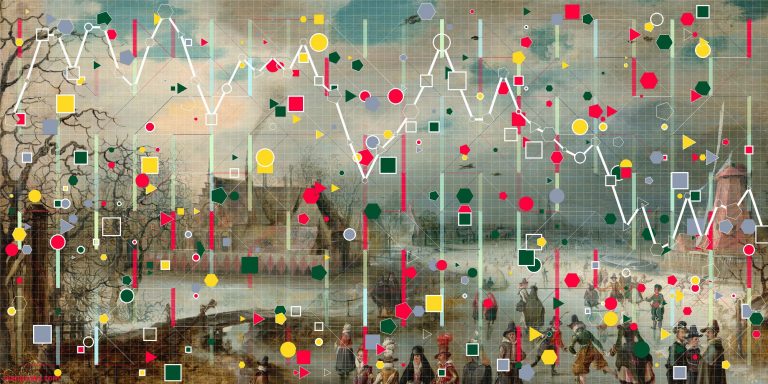
How is transparency defined across different research disciplines? What influences level of transparency and, in turn, what does the level of transparency influence?
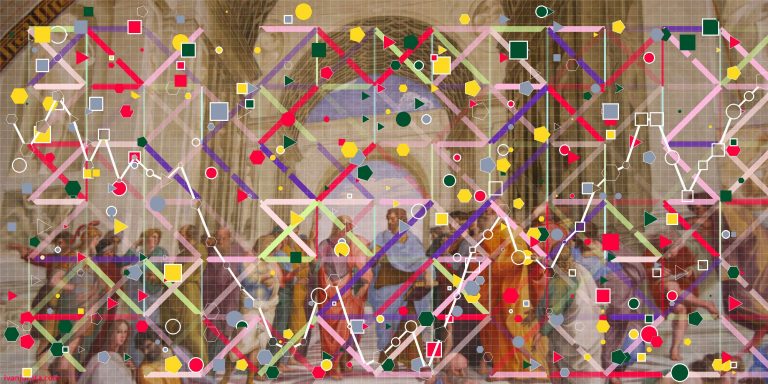
What properties should a decision process have, to justify full transparency of all decision information?
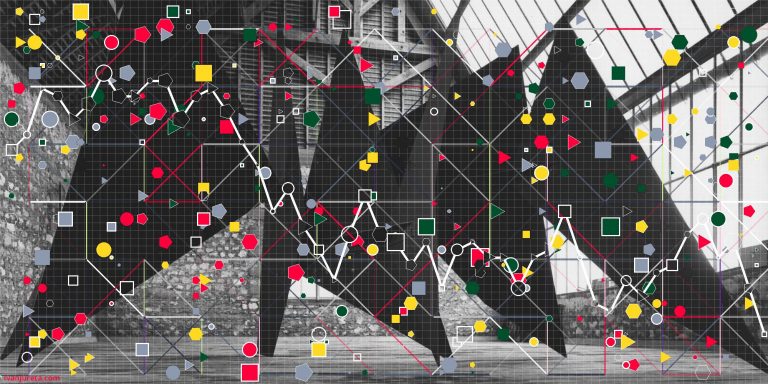
Transparency can help trust and accountability. However, it comes with risks. What are the pros and cons of increasing transparency through decision governance?
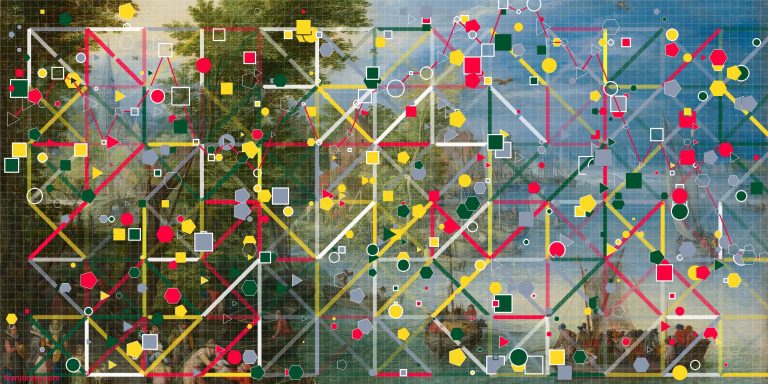
Governance has a cost, so we need to know and measure its benefits. This text adapts adapts ideas from the measurement of quality of political governance to decision governance in a firm.
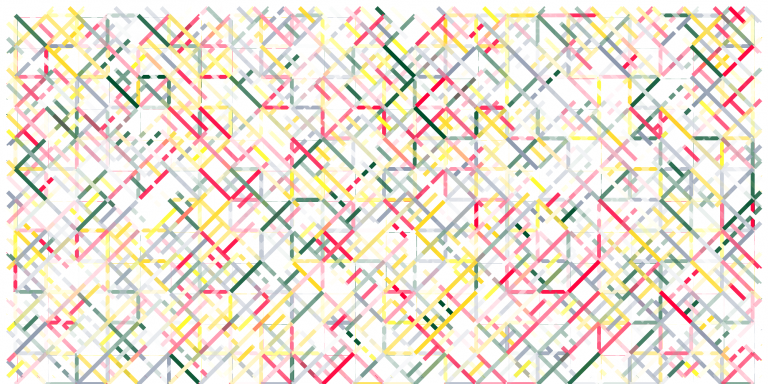
This text outlines and illustrates eight mechanisms of governance change.
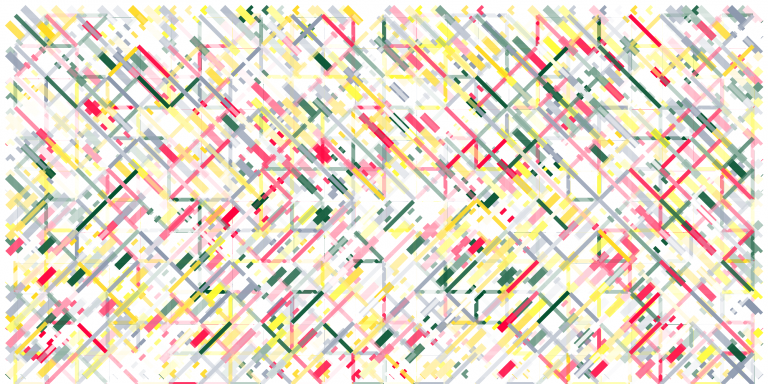
We explore what happens if the higher reputation increases an agent’s probability to fulfill its promises.
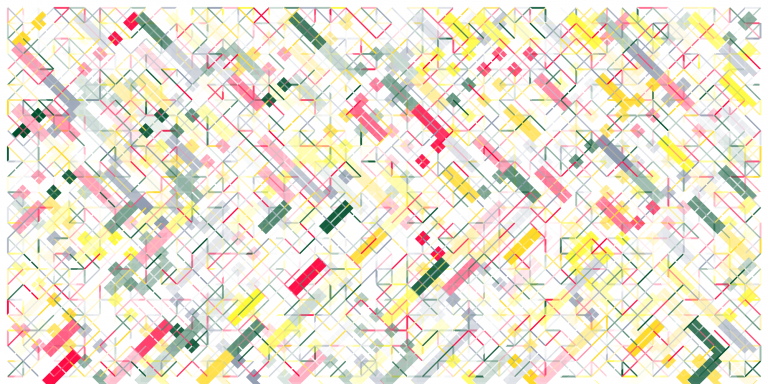
What if fulfilling a promise increases an agent’s reputation? The framework in this text captures this idea.
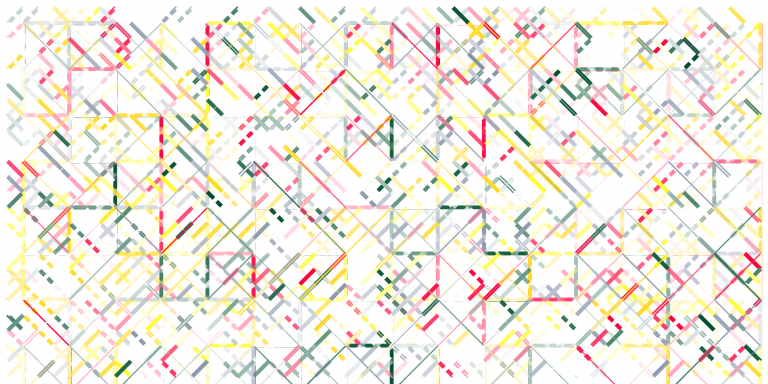
The text presents a framework in which reputation is a function of promises between agents. The framework can be used to create a reputation mechanism to use in decision processes, in multi agent systems, and so on.
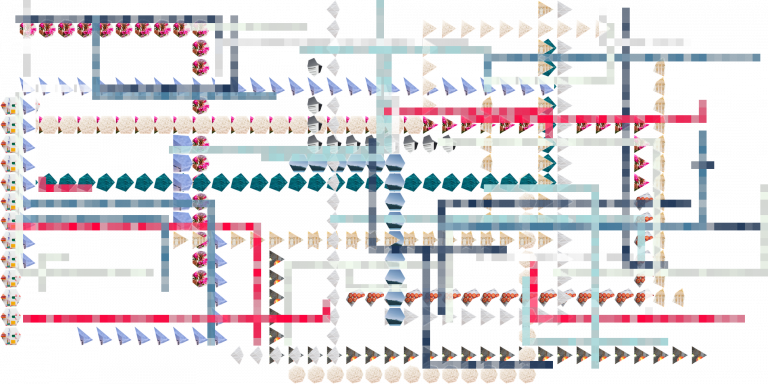
How is the common sense concept of promise related to decision making behavior in economics?

In a group, which factors influence the group’s perception of a decision maker’s reputation? How is that perception formed?

Which psychological factors influence the perceived motivation of a decision maker, why, and how?
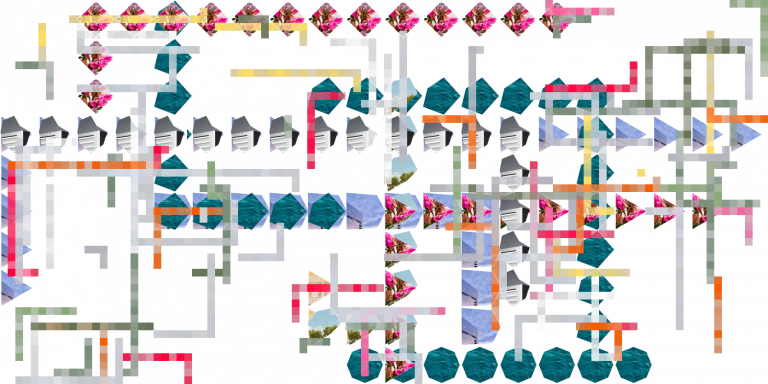
Reputation is generally defined as the collective perceptions, evaluations, and beliefs that a social group holds about an individual, organization, or entity. How is decision making different if the decision maker has high or low reputation?
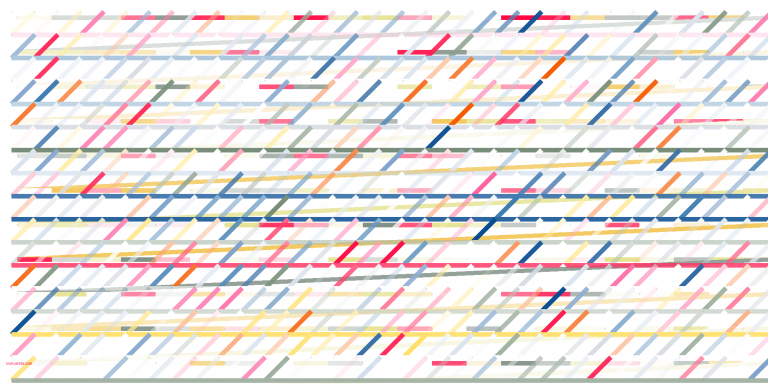
Commitment mechanisms are strategies, agreements, or institutional arrangements deliberately established to ensure adherence to decisions made at an earlier time. How to design them?
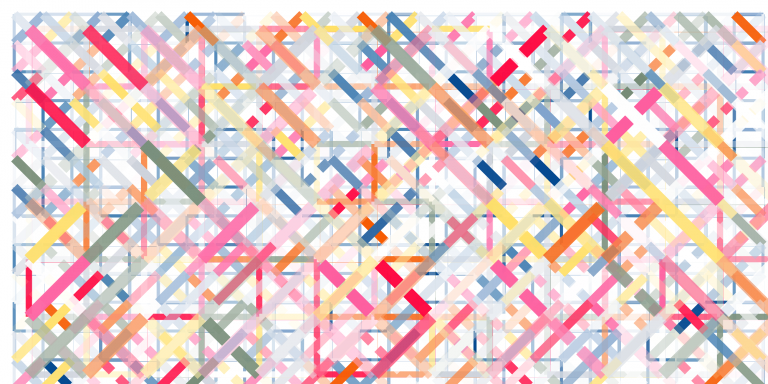
When is it valuable to destabilize preferences? How can decision governance be used to do it?
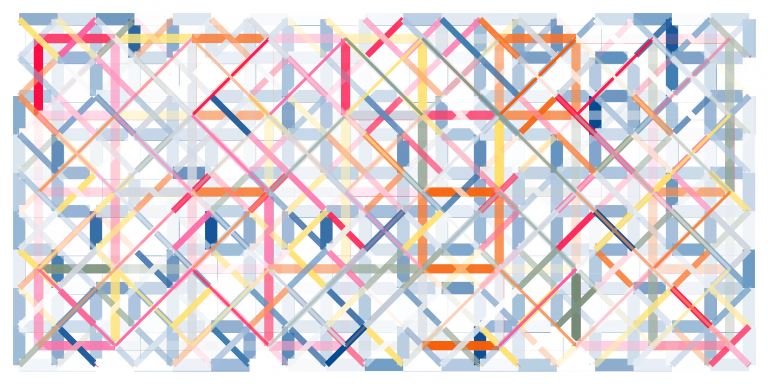
When is it valuable for the decision maker to have stable preferences? Which factors can destabilize preferences? How can preferences be stabilized through decision governance?

An individual’s values, among other factors, influence the preferences that they will have over options in a decision situation. How?

Unlike technical trade-offs, value conflicts involve deeply held beliefs that resist simple calculation. What is a value conflict? And how can a decision-maker know that they are facing a value conflict?
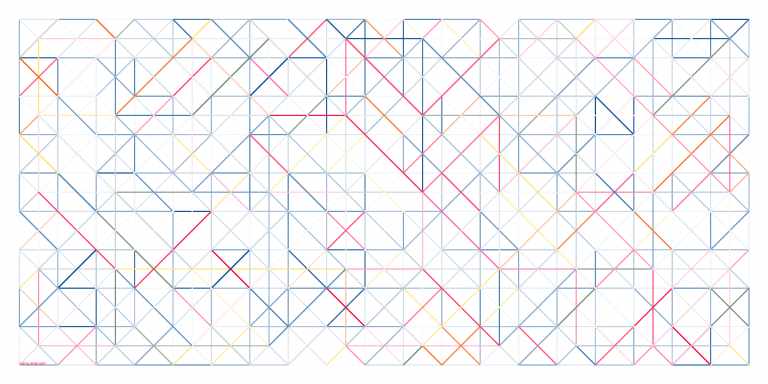
Several psychological and sociological mechanisms have been proposed to explain the formation and change of values in individuals. What variables and relationships do these mechanisms highlight?
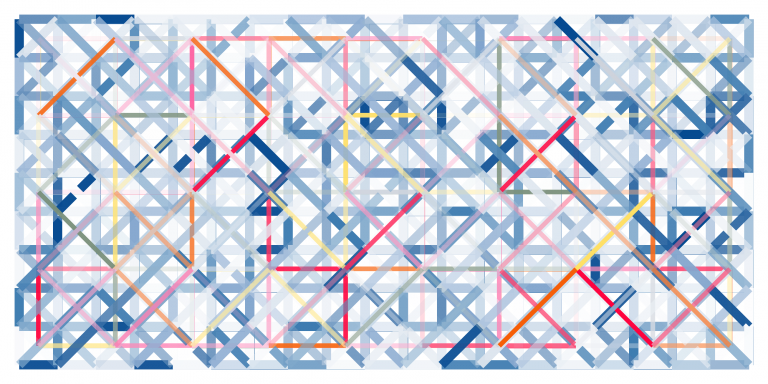
Values influence moods, attitudes, and emotions in decision-making. Why and how does this occur?

How public expectations form is interesting for decision governance because they concern decision situations in which there is considerable distance between stakeholders and decision makers. How do expectations form about distant decision makers?
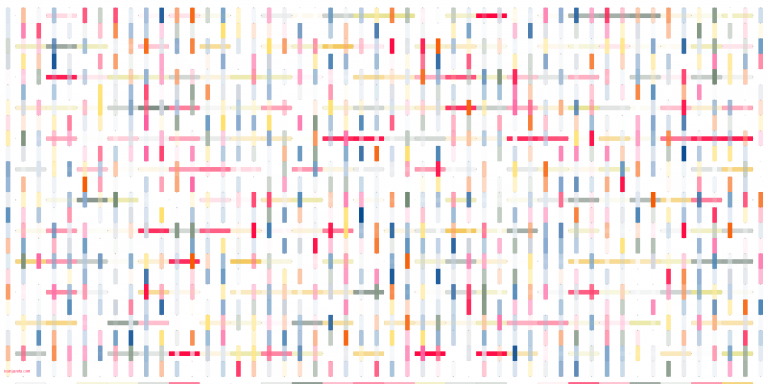
Values influence attitudes, behaviors, and decision-making processes by providing a sense of what is important. How does this influence decision making?

When we are in a decision situation with others, we form expectations about their behaviour, which becomes an input to our own subsequent decisions and interactions with them. How do these expectations form?

If we want to influence the expectations someone forms in a decision situation, we need to start with an understanding of what an expectation may be.

Competence plays a significant role in shaping authority and influence in group decision-making. Individuals perceived as competent often hold greater decision-making power, influence group consensus, and guide the strategic direction of collective choices. Why is this common?
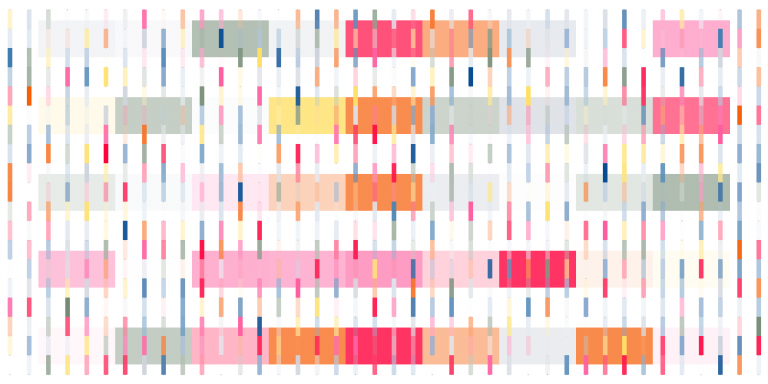
Attitude is a stable, learned predisposition to respond favorably or unfavorably toward an object, person, or situation. How does attitude influence decision making?
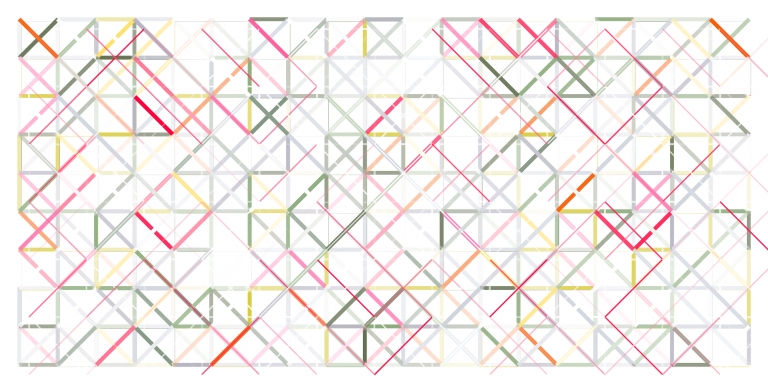
The ability to make effective decisions is closely linked to an individual’s expertise, cognitive abilities, and confidence in their knowledge. Why and how is this the case?
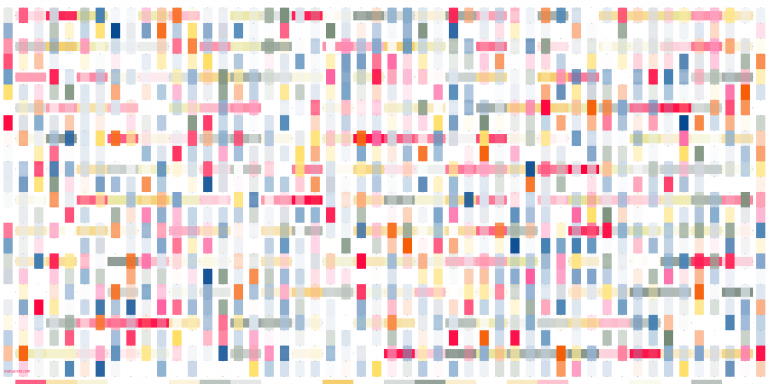
One of the questions when designing decision governance is whether to motivate an individual with authority to delegate it to someone else. Why would they do it?
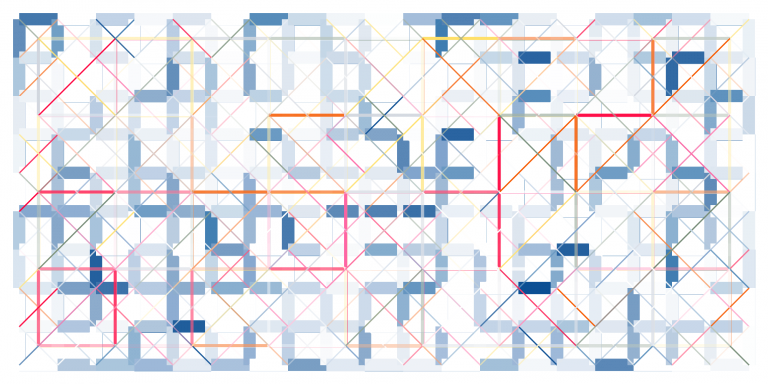
If we design a decision situation or process in a way which influences attention, then we will also, indirectly influence emotions of people involved in that decision. If we take their perspective instead, they can, by controlling their attention, influence their emotions. Why and how?
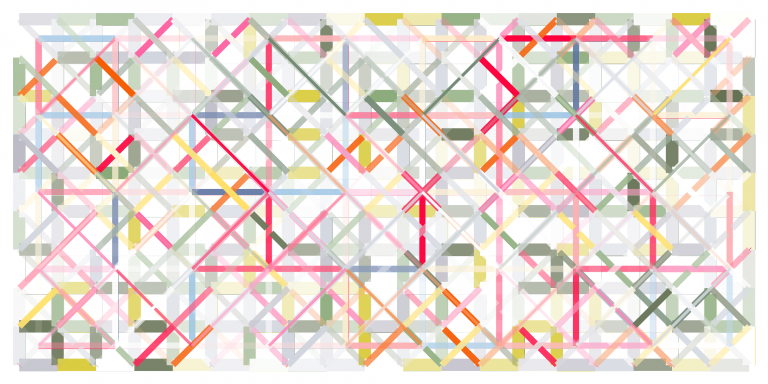
Mechanisms that explain how emotions influence attention in decision making suggest that when we design decision governance, it needs to stimulate positive emotions during decision making.

To influence how you and others make decisions, it is useful to understand how mood and emotions interact. This text summarizes mechanisms which were proposed to explain that interaction and its influence on decision making behavior.

Attention influences what information is processed and retained in a decision situation, and consequently how memory changes through decision making. This text outlines main mechanisms used to explain this dynamic.
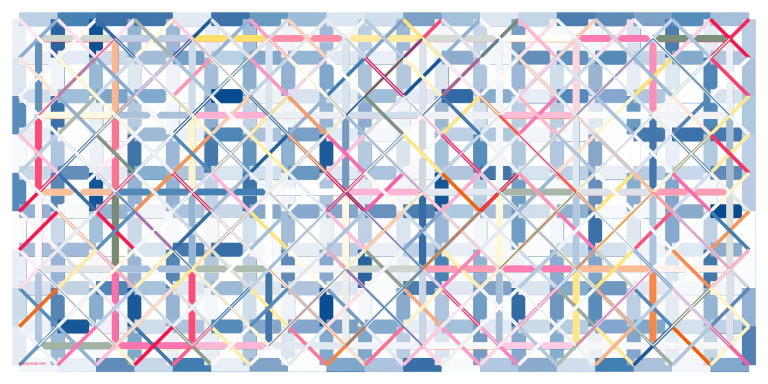
Memory influences attention and consequently how decision-makers prioritize information, evaluate options, and sustain focus. Decision governance can be designed to influence variables in these mechanisms, which makes it useful to know about them.
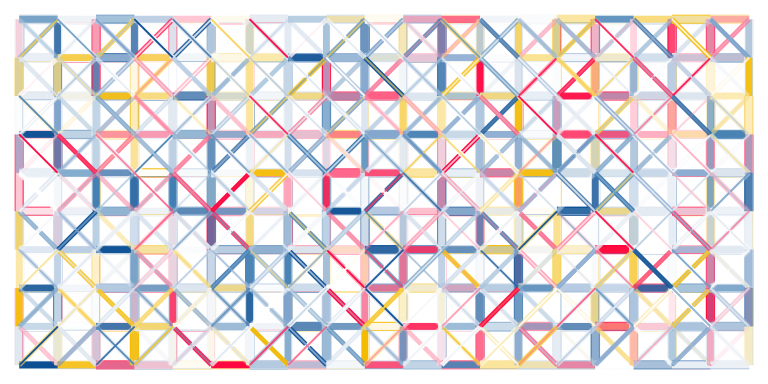
Goal displacement refers to a situation where an individual, group, or organization shifts its focus from the intended objectives to secondary or substitute goals. Which factors increase, and which decrease the probability of goal displacement?
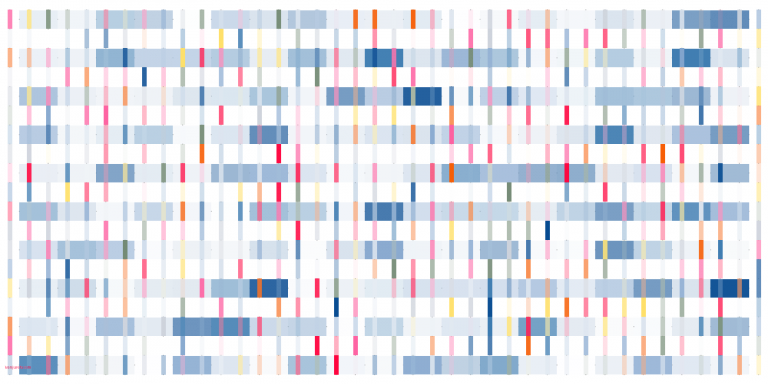
On how to amplify the decision-maker’s intrinsic motivation to make good decisions.

On how not to deteriorate the decision-maker’s intrinsic motivation to make good decisions.

Let’s assume that decision governance in a firm includes an incentive mechanism which is designed to financially reward decision makers in proportion to the number of options they consider in a decision situation. What could go wrong?

Let’s say that a new decision process for capital allocation needs to be introduced in a firm. Based on factors which accelerate social learning, what can be done to accelerate the adoption of the new process?

Social learning accelerates under conditions where respected models demonstrate behaviors, reinforcement and repetition increase exposure, observability clarifies benefits, similarity between the observer and model exists, perceived risk is low, and benefits are high.
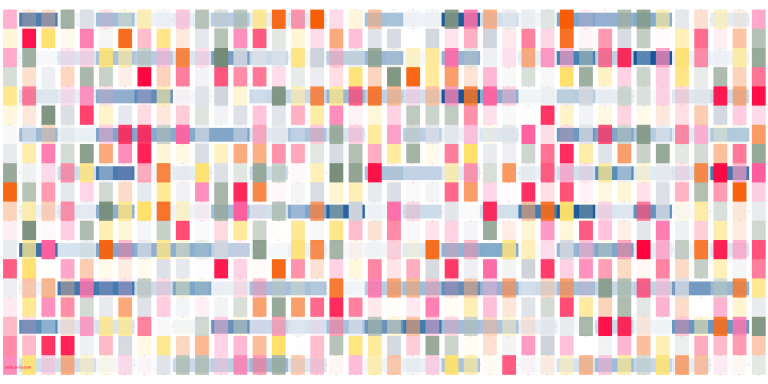
Social learning is the notion that individuals acquire beliefs, attitudes, and behaviors through observing and interacting with others. How can social learning influence a decision maker’s behavior?
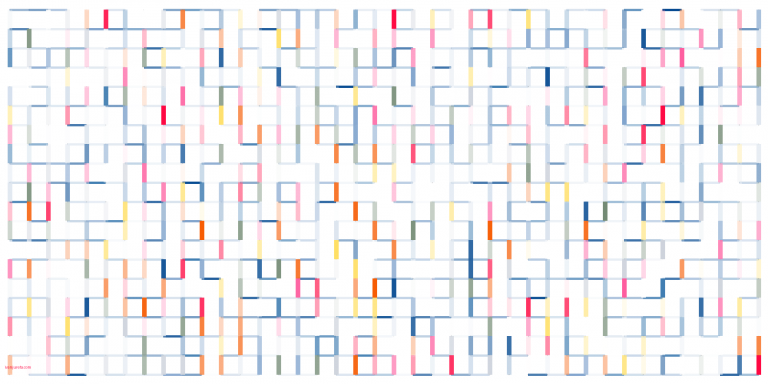
An important question that power, as control of resources, raises for decision governance is this: How to make sure that specific decision governance is credible when specific individuals whom it assigns roles have different levels of power (occupy different levels in a power hierarchy)?
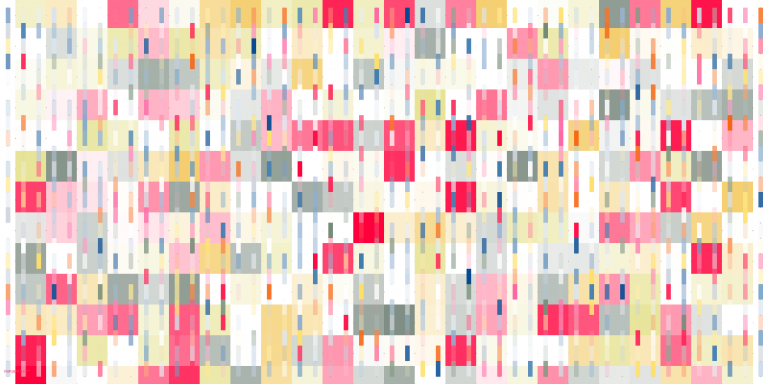
What if decision authority is assigned against the power hierarchy? That is, what if individuals who have more power are given lower decision rights through decision governance?
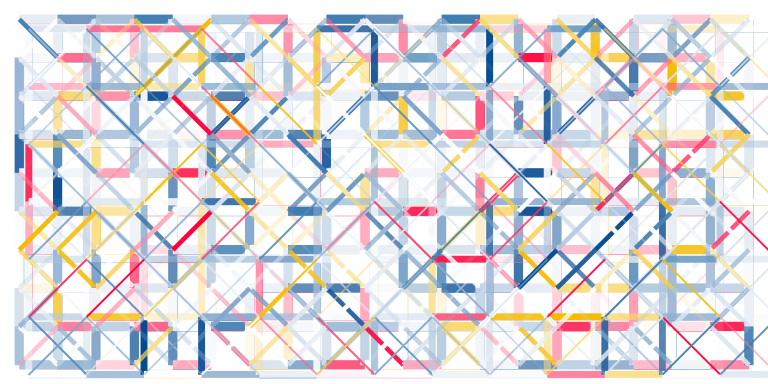
Understanding the factors that stabilize or destabilize various sources of power legitimacy can provide valuable insights into how institutions maintain authority and when they risk losing it.
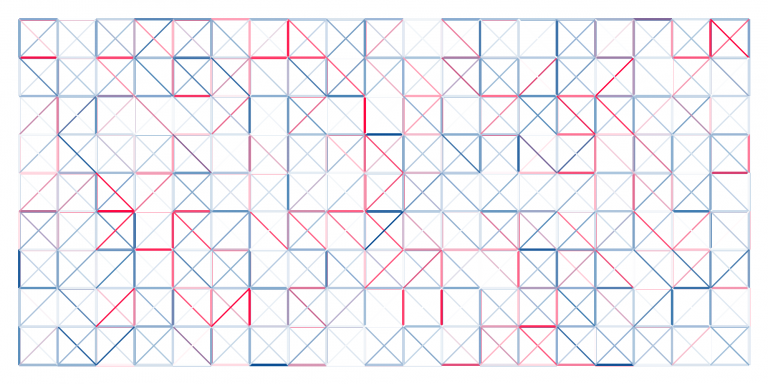
The legitimacy of power refers to the justification and acceptance of authority by those subject to it. What can be the sources of legitimacy of a decision maker’s power, and how is this related to decision processes and decision outcomes?
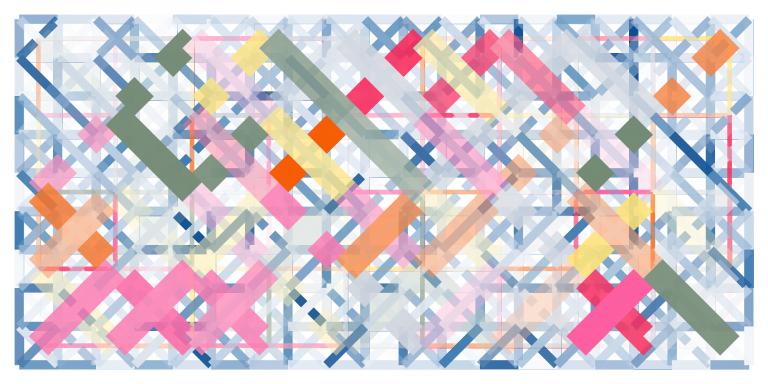
If the behavior of a decision maker is shaped by the psychological factors discussed as those we want to influence through decision governance, then what is the impact of having low power or high power on each factor?
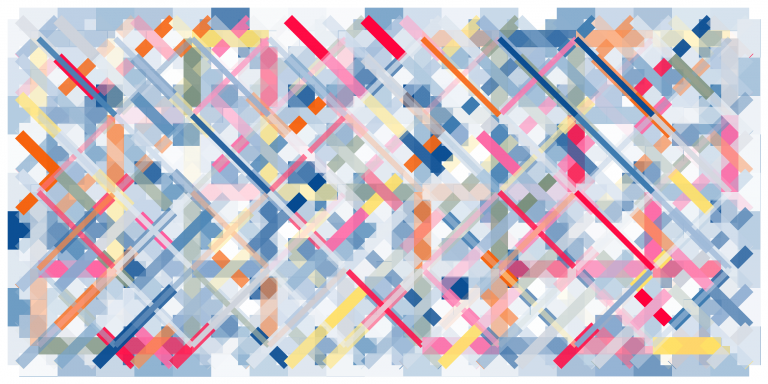
Power significantly influences decision-making behavior, often leading to overconfidence, insensitivity to others’ perspectives, and increased risk-taking.

Given some factors which influence goal selection, what can we do to help a team member select a goal that the team needs to achieve? In other words, how can we align an individual’s goals to the team goals? This is the topic in the rest of this text.
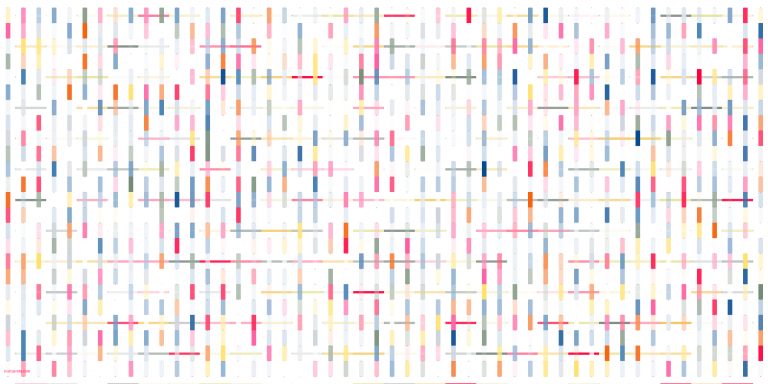
Understanding how individuals choose goals can provide insight into human decision-making and inform strategies for influencing the choice of goals through decision governance.

Goal stability and change are influenced by a complex interplay of commitment strength, feedback mechanisms, external pressures, cognitive dissonance, and social reinforcement. Understanding these factors allows individuals and organizations to design decision making environments that either reinforce goal persistence or facilitate adaptive goal adjustments when necessary.

Understanding these mechanisms can help improve decision-making quality, improve leadership effectiveness, and help organizations design better incentive structures to align individual goals with priorities.
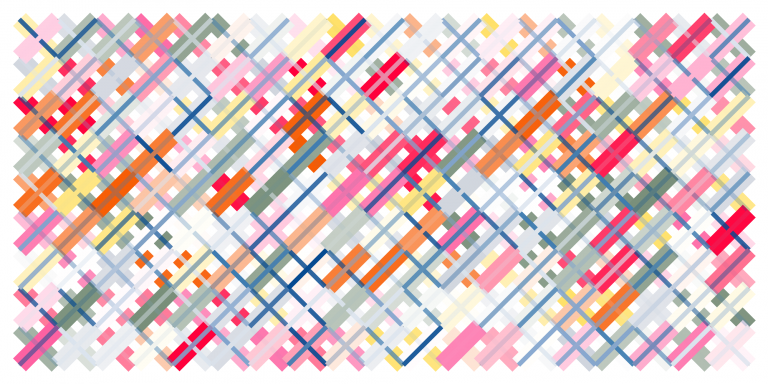
Goals shape how decisions are made by influencing information processing, risk preferences, decision complexity, strategy adaptation, and trade-offs between short-term and long-term objectives.